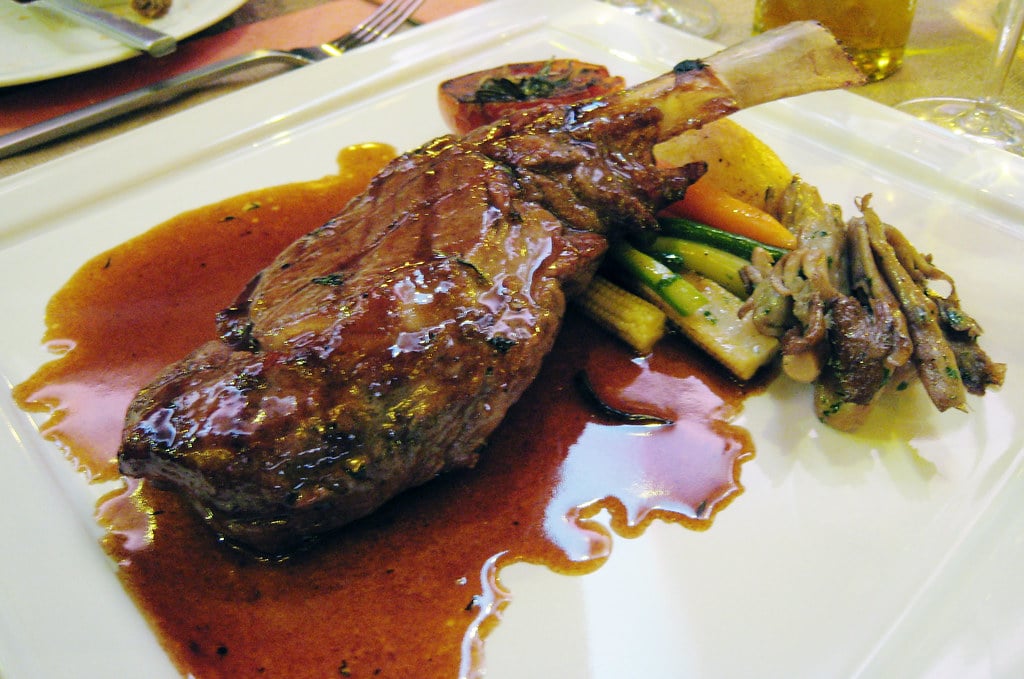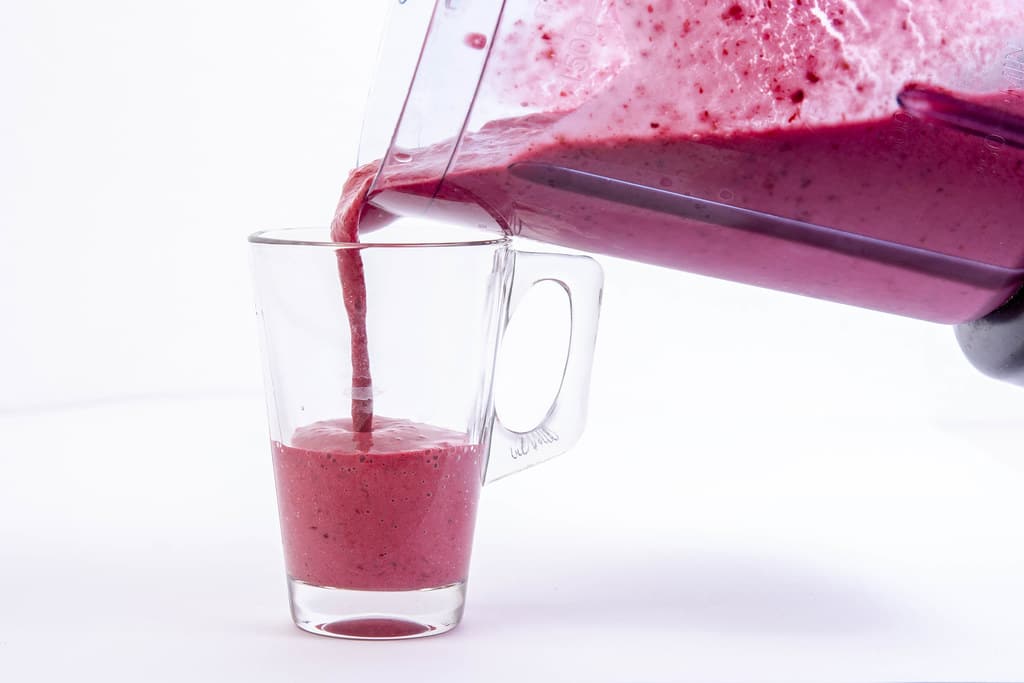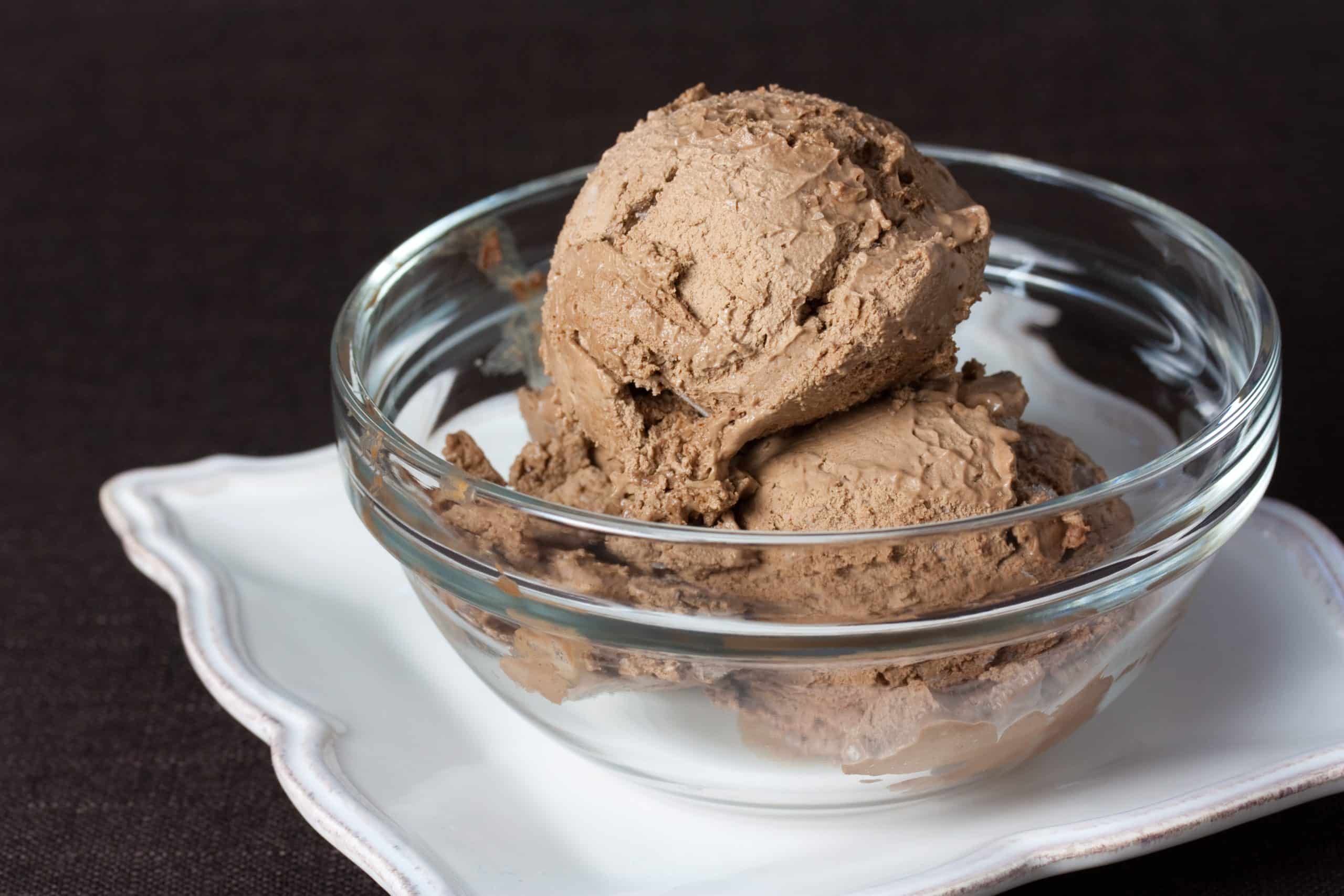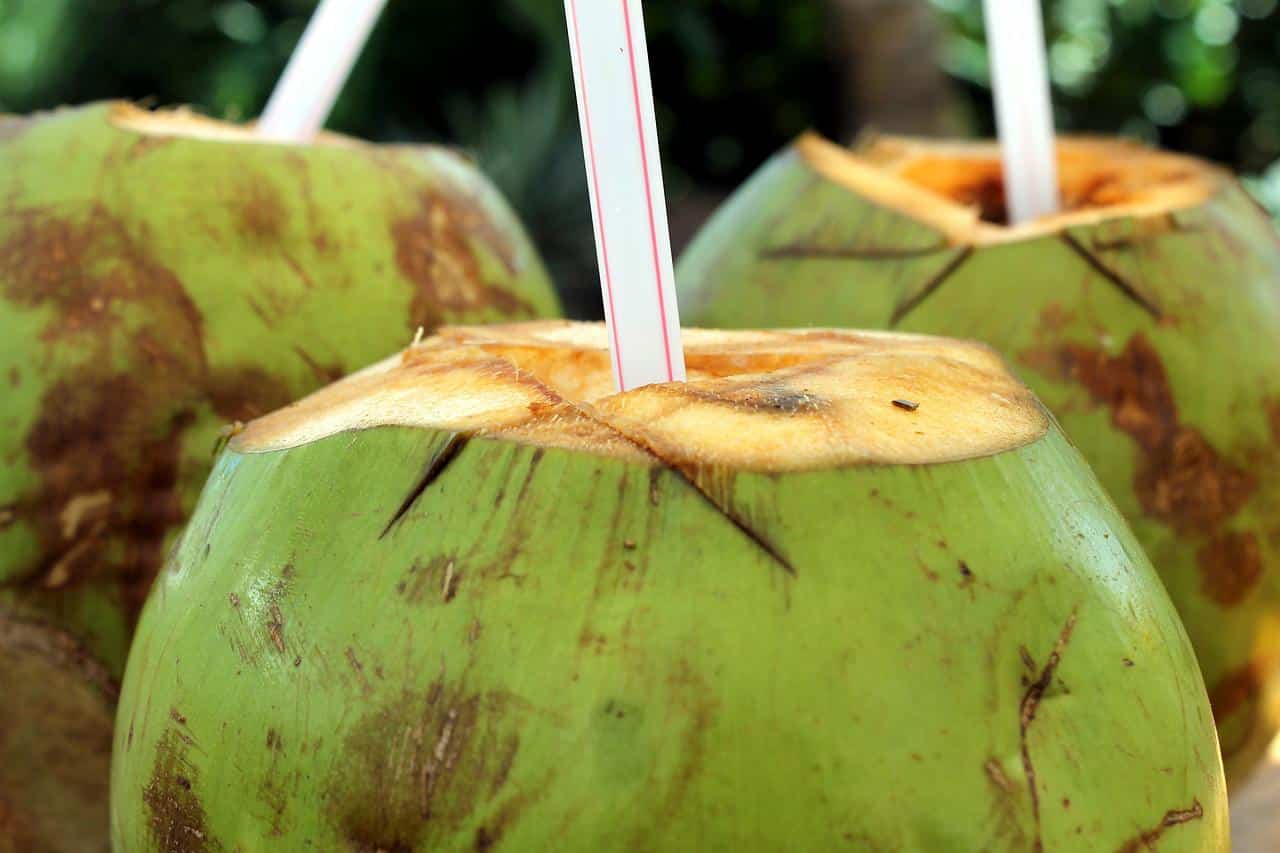Salmon always delivers, whether grabbing a quick bite, enjoying a fancy dinner, or hanging out with friends. Its bold flavor and tender, flaky texture make every dish stand out. People who want food that’s simple and packed with taste reach for salmon again and again. Here’s a neat fact: wild salmon has way more omega-3s than farmed salmon, which helps keep the brain sharp and the heart steady, working like a smooth-running engine. Imagine sinking your teeth into a juicy, healthy piece of fish that feels like a flavor party in your mouth. This easy dish shines at any get-together and suits flavor lovers who don’t want to fuss. Keep reading to see why salmon keeps winning over fans and how it can surprise by making meals pop in new, exciting ways.
This delicious fish isn’t only healthy but also relatively easy to cook.
The key to nailing this dish every time is understanding how to bake salmon correctly.
Baking salmon isn’t complicated; with a few simple tips, you can have perfectly cooked salmon on the table in no time.
So, how do I bake salmon?
Preheat your oven to 400 degrees and line a baking sheet with parchment paper.
Place the salmon skin side down on the baking sheet and season with salt, pepper, and lemon juice.
Bake for 18-22 minutes or until thoroughly cooked.
Test using a fork to flake the salmon; if it flakes easily, your fish is ready.
In this article, we’ll discuss everything you need to know about baking salmon, from the best seasonings to how long to cook it.
Thus, you’ll be able to make this dish with ease and confidence the next time it’s on the menu.
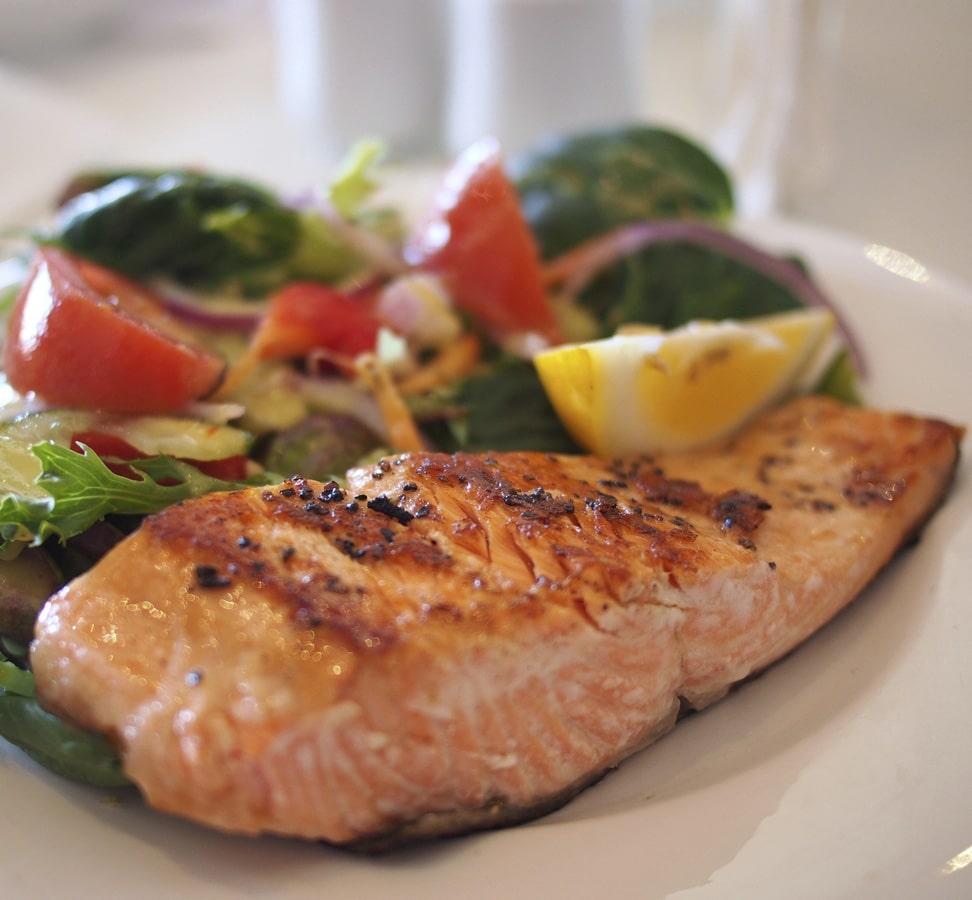
Is Baked Salmon Healthy?
Fish, in general, contain nutrients that are essential to our health.
The below reasons are why salmon, in particular, is good for you:
Rich in Omega-3 fatty acids: It reduces the risk of heart disease, stroke, and memory decline.
Source of Protein: Building and repairing tissues, making enzymes and hormones, and boosting immunity.
Loaded with Vitamins: This contains vitamins A, B, and D, essential for our skin, bones, and heart.
Rich in Minerals: Salmon contains potassium, selenium, and magnesium, which are all critical for our health.
What are the Various Techniques for Baking Salmon?
Baking salmon is a straightforward process, but there are a few different techniques you can use to achieve the desired result.
Below we’ve outlined three of the most popular methods of how to bake a salmon.
Roast Baking
This is the most common method of baking salmon.
It’s quick, easy, and produces delicious results.
You make oven-baked salmon by preheating your oven and lining a baking sheet with parchment paper.
However, before baking, you’ll want to season the fish with salt, pepper, and lemon juice.
Then, place it skin-side down on the baking sheet and roast for 18-22 minutes.
Broiling
Broiling is the quickest way to cook salmon.
It’s a great option if you’re short on time or looking for a method that requires minimal effort.
To broil salmon, preheat your oven on the broil setting to broil salmon and line a baking sheet with tinfoil.
Then, season the fish with salt, pepper, and lemon juice before placing it skin-side up on the baking sheet.
Broil for 6-8 minutes, or until thoroughly cooked.
However, be watchful as broiling can dry out your salmon if you’re not careful.
Thus, we recommend checking on it frequently to ensure it doesn’t overcook.
For instance, flip the salmon halfway through cooking to prevent it from drying.
Searing then Baking
Searing salmon before baking is a great way to lock in moisture.
This works well if you’re looking for a moist and flaky fish.
Season it with salt, pepper, and lemon juice to sear the salmon.
Then, heat a pan over medium-high heat and add oil.
Now, place the salmon skin-side down in the pan and cook for two minutes.
Remove from the heat and place on a baking sheet lined with parchment paper.
Bake for 12-14 minutes or until thoroughly cooked.
This works with skin-on or skinless salmon.
What Ingredients are Essential when Baking Salmon Fillets?
You don’t need much to make this dish, which is one of the reasons we love it.
All you need is salmon, salt, pepper, and lemon juice.
However, there are a few other ingredients you can use to enhance the flavor of your fish.
Some great options include:
Herbs: dill, parsley, basil, thyme, rosemary
Spices: paprika, garlic powder, cumin, chili powder
Veggies: lemon and onion slices
Oil: olive, avocado, and coconut oil
Butter: for added richness
Condiments: honey, soy, hot, and BBQ sauce.
Baking salmon is a simple process that yields delicious results.
By following the above tips and using the best ingredients, you’ll learn how to bake salmon fillet.
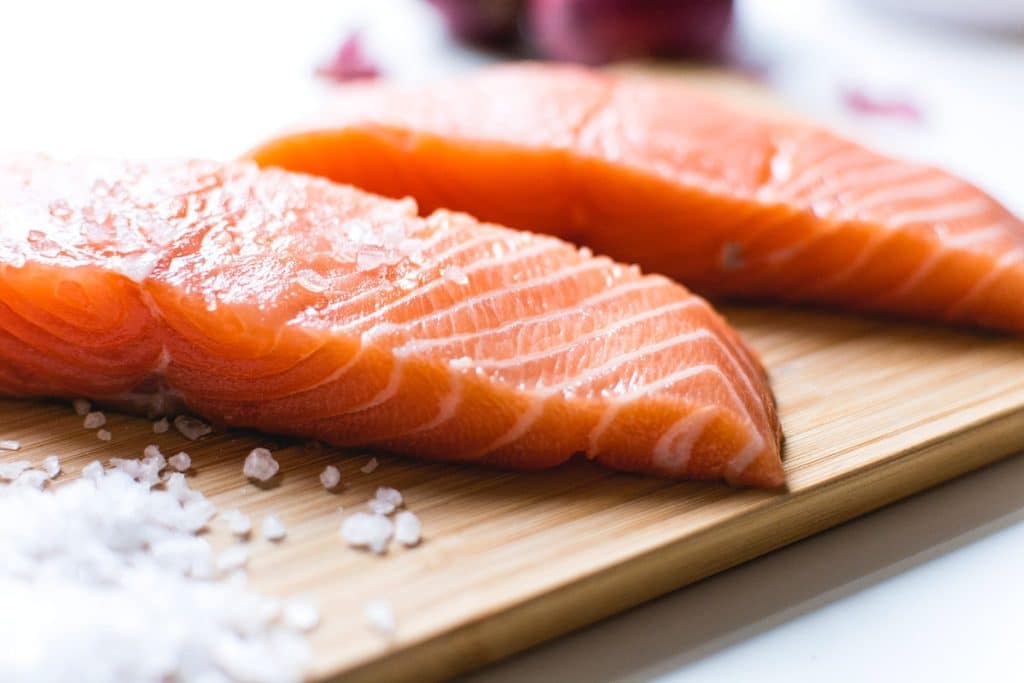
What is the Best Way to Season Salmon for Baking?
There are endless possibilities when it comes to seasoning salmon.
You can keep it simple with salt and pepper or get creative and experiment with different herbs, sauces, and spices.
Some of my favorite sauces include:
- Teriyaki sauce
- Honey mustard sauce
- BBQ sauce
- Enrique Sauce
- Lemon pepper sauce.
Seasoning your salmon with sauces is a great way to add flavor.
However, you’ll want to be careful not to use too much as it can make the fish overly moist and cause it to fall apart.
When baking salmon, we recommend using fresh herbs and spices.
This will give your fish the best flavor.
Some favorite herbs include dill, parsley, basil, thyme, and rosemary.
How to Bake Salmon Fillet
The salmon’s moist, flaky, and tender texture is what makes it so popular.
When cooked properly, the outside should have a crisp crust while the inside remains moist.
To achieve this, you’ll need to start with a fresh fillet of salmon.
You can find these at your local grocery store or fish market.
If you’re having trouble finding a fresh fillet, ask the fishmonger to help you.
The Ingredients Required when Baking Salmon:
- 1-3 pound salmon fillets
- Salt
- Pepper
- Lemon wedges
Equipment:
- Baking sheet
- Parchment paper
- Oven
Step by Step Instructions:
Step 1:
Preheat your oven to 350 degrees F.
Line a baking sheet with parchment paper and set it aside.
Step 2:
Rinse your salmon fillets under cold water and pat them dry with a paper towel.
Season the fillets generously with salt and pepper on both sides.
Place the salmon skin-side up on the prepared baking sheet.
Step 3:
Bake for 18-22 minutes, or until the salmon is cooked.
The cooking time will vary depending on the thickness of your fillets.
To check if the salmon is ready, insert a fork into the thickest part of the fish.
If it flakes easily, it’s ready to eat.
Step 4:
Remove the salmon from the oven and squeeze fresh lemon juice over each fillet.
Serve immediately with your favorite sides.
Cuts of Salmon
You can use any type of salmon when baking.
However, using fillets is preferable because it’s the easiest to cook.
That being said, you can also use other cuts of salmon, such as steaks or chops.
Below are common cuts of salmon:
Thicker Fillet: Fattier and moister than a thinner fillet. It’s best cooked using lower heat for a longer period.
Thin Fillet: Leaner and less moist than a thicker fillet. It cooks quickly and is best cooked using high heat for a shorter period.
Whole Fillet: The thinner end cooks faster than, the thicker end. To prevent the thinner end from overcooking, cook the salmon using indirect heat or cook it skin-side down.
Whole side of Salmon: The ideal cut for large gatherings.
Small Steaks and Fillets: This cooks quickly and is great for individual servings.
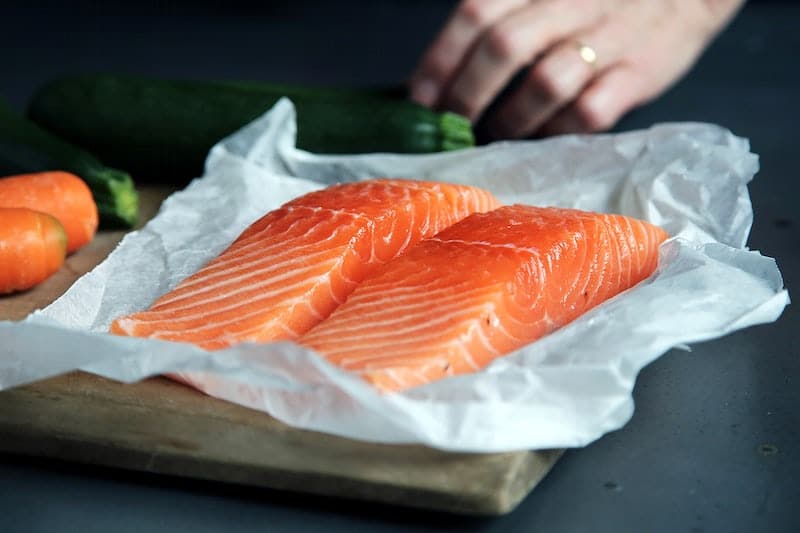
How do I Prevent Salmon from Drying When Baking?
Don’t over-bake your Salmon
Perhaps the most common mistake people make when baking salmon is overcooking it.
This will result in dry, rubbery fish.
To prevent this, we recommend cooking the salmon until it’s opaque in the center.
You can check this by inserting a fork into the thickest part of the fillet.
If it flakes easily, remove from the oven.
Basting
Basting is a great way to keep your salmon moist while it bakes.
To do this, brush the fish with olive oil or other fat before cooking.
This will create a barrier between the heat and the fish, preventing it from drying out.
Thus, you’ll keep the fish moist and full of flavor.
Wrapping in Foil
Wrapping salmon in foil is another great way to prevent it from drying.
This method traps the fish’s natural moisture inside the foil, creating a steam-like environment.
As a result, your salmon will be cooked evenly and remain moist.
What’s the White Substance on Salmon when you Bake it?
As salmon cooks, it releases a white, milky substance.
This is completely normal and is nothing to be concerned about.
The substance is called albumin, composed of protein and water.
When exposed to heat, the protein coagulates and pushes the water out, causing the albumin to become white and milky.
It’s harmless and doesn’t affect the flavor of the salmon, so there’s no need to worry about it.
This comprises a large part of the moisture loss that happens when salmon is cooked, so it’s important not to overcook the fish.
Conclusion
Salmon is a healthy, delicious fish that’s easy to cook.
However, knowing how to bake salmon fillets perfectly can be tricky.
Baking is one of the best ways to cook salmon because it’s simple and quick.
To bake perfect salmon every time, season the fish generously with salt and pepper, place it skin-side up on a baking sheet lined with parchment paper, and bake at 350 degrees F for 18-22 minutes.
The fish is ready when it’s cooked through and flakes easily with a fork.
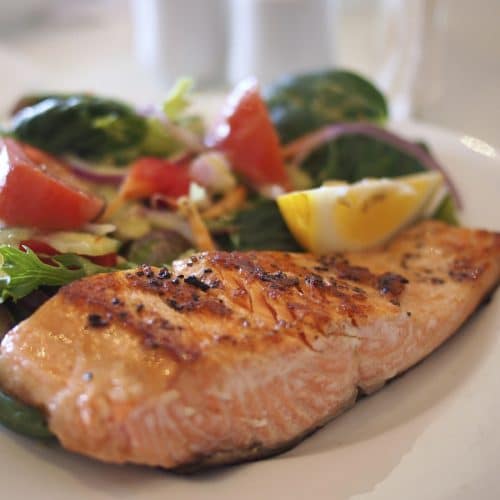
Baking Salmon Recipe
Equipment
- 1 oven
- 1 Parchment paper
- 1 fork
Ingredients
- 1-3 pound salmon fillets
- Salt
- Pepper
- Lemon wedges
Instructions
- Preheat your oven to 350 degrees F.
- Line a baking sheet with parchment paper and set it aside.
- Rinse your salmon fillets under cold water and pat them dry with a paper towel.
- Season the fillets generously with salt and pepper on both sides.
- Place the salmon skin-side up on the prepared baking sheet.
- Bake for 18-22 minutes, or until the salmon is cooked.
- The cooking time will vary depending on the thickness of your fillets.
- To check if the salmon is ready, insert a fork into the thickest part of the fish.
- If it flakes easily, it’s ready to eat.
- Remove the salmon from the oven and squeeze fresh lemon juice over each fillet.
- Serve immediately with your favorite sides.
Video
Nutrition
- 25 Simple Lemon Dessert Recipes - January 2, 2026
- 25 Delicious Jalapeno Recipes - January 2, 2026
- 25 Homemade Sour Cream Recipes - January 2, 2026
